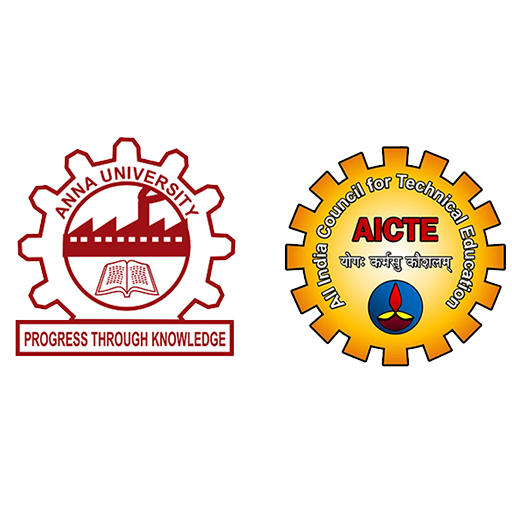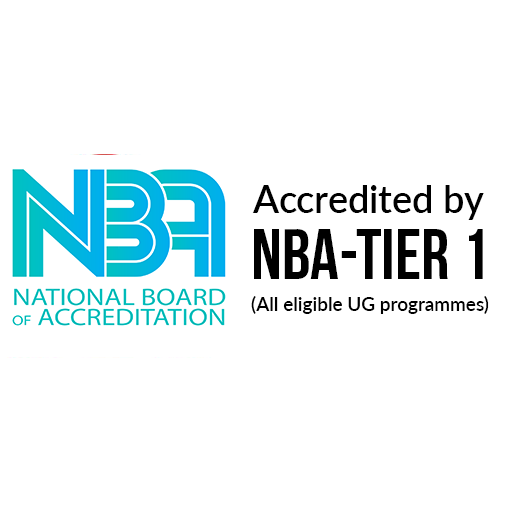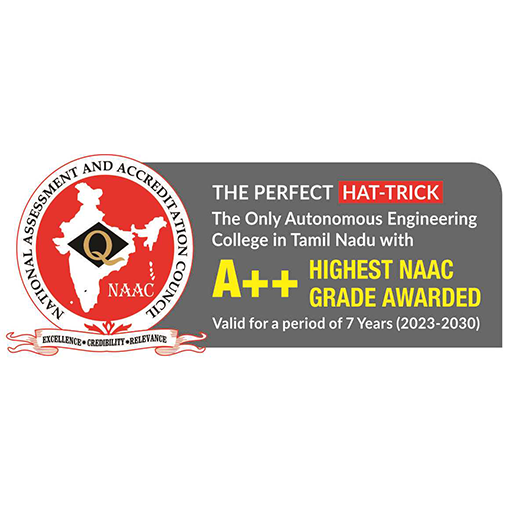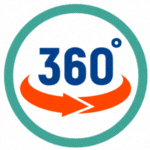Service-Based Learning (SBL@DrMCET)
Service-Based Learning (SBL) is an initiative for providing service back to the community on a technical front.
As a technical institution, MCET strongly believes in contributing to the social cause.
Students and faculty are expected to work closely with the community and society to solve their problems using technology.
CSE Department has taken up Service Based Learning Initiatives during the Academic Year 2013-14 by introducing relevant projects.
The projects were undertaken as part of the academic curriculum which enabled speedy implementation of such an initiative.
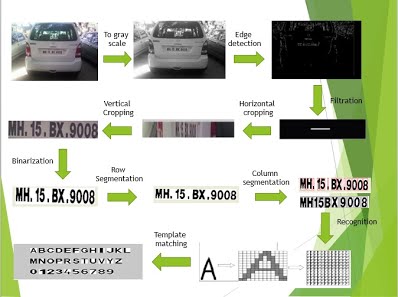
The details of the projects are given below:
Currently the hospitals or blood banks maintain a database of registered donors. The database is either maintained in a simple paper-based registers or a computer-based database. In either case, they do not have the current status of the location of blood donors. This is critical in some cases where a blood donor must be available in less than a couple of hours. To overcome this problem, we worked on developing a mobile and cloud based system to track the blood donors. Blood donors download and register themselves through the mobile apps. They must accept and enable location tracking through the phone’s GPS. The location is updated periodically on a cloud based web-service. The hospitals or blood banks are given a user account to login into the web-service for searching geo-spatially near blood donors. For updates and more information, please visit our project websites given below:
Web-service on Azure Cloud: https://sites.google.com/site/cloudforblooddonors/
Android App: https://sites.google.com/site/bloodspotandroid/
Windows App: https://sites.google.com/site/project14cset11/
PATIENT INFORMATION MAINTENANCE (PIMS@DrMCET)
The main motive of the project is to provide more convenience to the user (patients) by eliminating the need of remembering their medicine due dates, instead the system endeavors to send them a message reminding their medicine due date to their phone number which is stored in the database. Patients can hardly remember their medicine due dates since humans are prone to oblivion. The system addresses this problem and resolves it. This could be accomplished by having all the patients information stored in a database and it assures to send reminder message to each one of them in prior to their medicine’s finishing date. The system uses the cloud database i.e WINDOWS AZURE which is a cost effective, highly available storage location. The cloud storage systems allow organizations to place data on a centralized electronic system that can be accessed anytime from anywhere. The healthcare industry has to deal with the massive amount of data, and Azure cloud services help them to access and manage health records effectively in order to provide better patient care. For recent updates and to avail more information please visit our project website: https://sites.google.com/site/mrspcse/.
PARKING VIOLATION DETECTION USING LICENSE PLATE RECOGNITION TECHNIQUES
Automatic Number Plate Recognition (ANPR) has a wide range of applications. The license number is the primary, most widely accepted, human readable, mandatory identifier of motor vehicles. It plays a vital role in numerous real-life applications, and a number of license number detection techniques has been proposed. Number Plate Identification is also known as automatic vehicle identification, car plate recognition, automatic number plate recognition, and optical character recognition (OCR) for cars. For ANPR the image quality is always a key factor. In ANPR we extract the license plate from video of a vehicle. It includes many techniques, such as object detection, image processing and pattern recognition, and edge detection. For identification of number plate it uses gray scale image. The variations of the plate types, environments, quality of the video cause challenges in the detection and recognition of Number plates.
In our project we implemented a system to detect car parking violations using ANPR techniques. We thank the Pollachi Traffic Police for providing us the dataset (video at a traffic signal) and the system was implemented offline in Matlab. In the prototype, parking violations were successfully detected, however the violator’s number plate is difficult to extract due to low resolution of images. For recent updates and to avail more information please visit our project website:https://sites.google.com/site/promaestro14/

